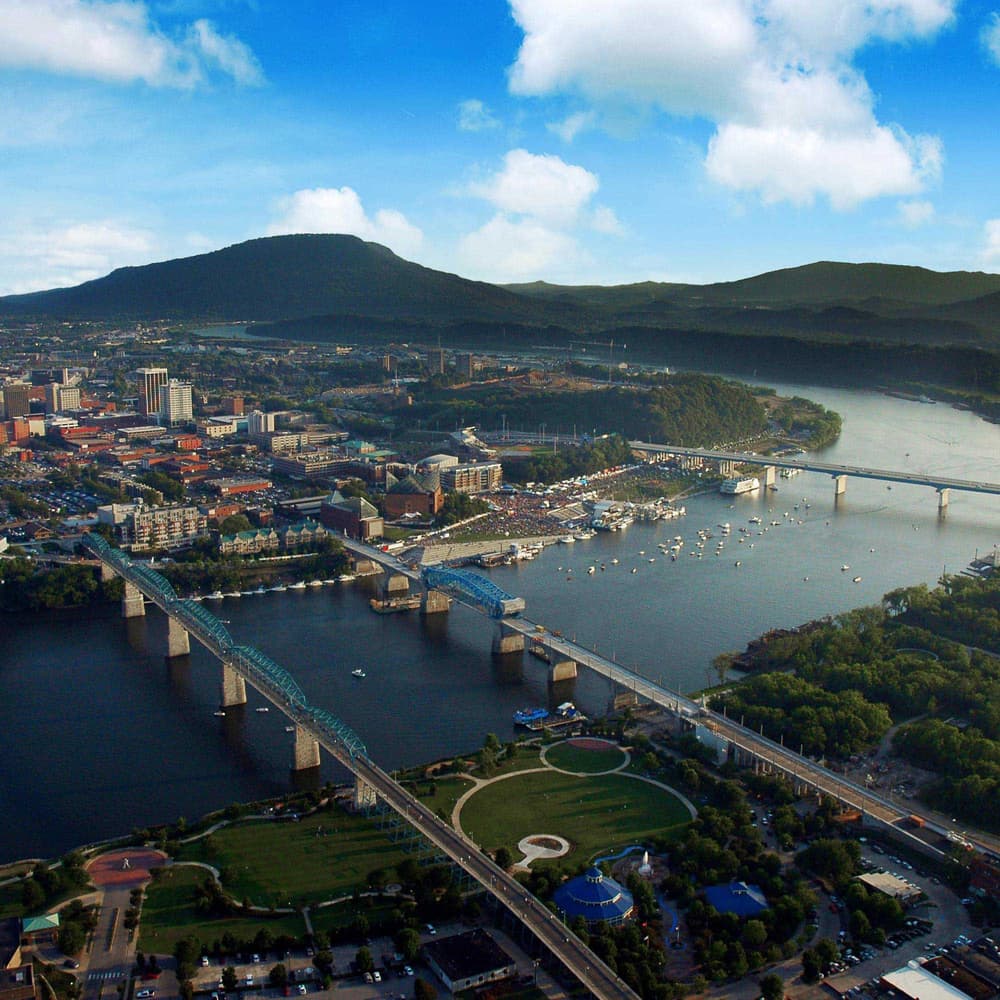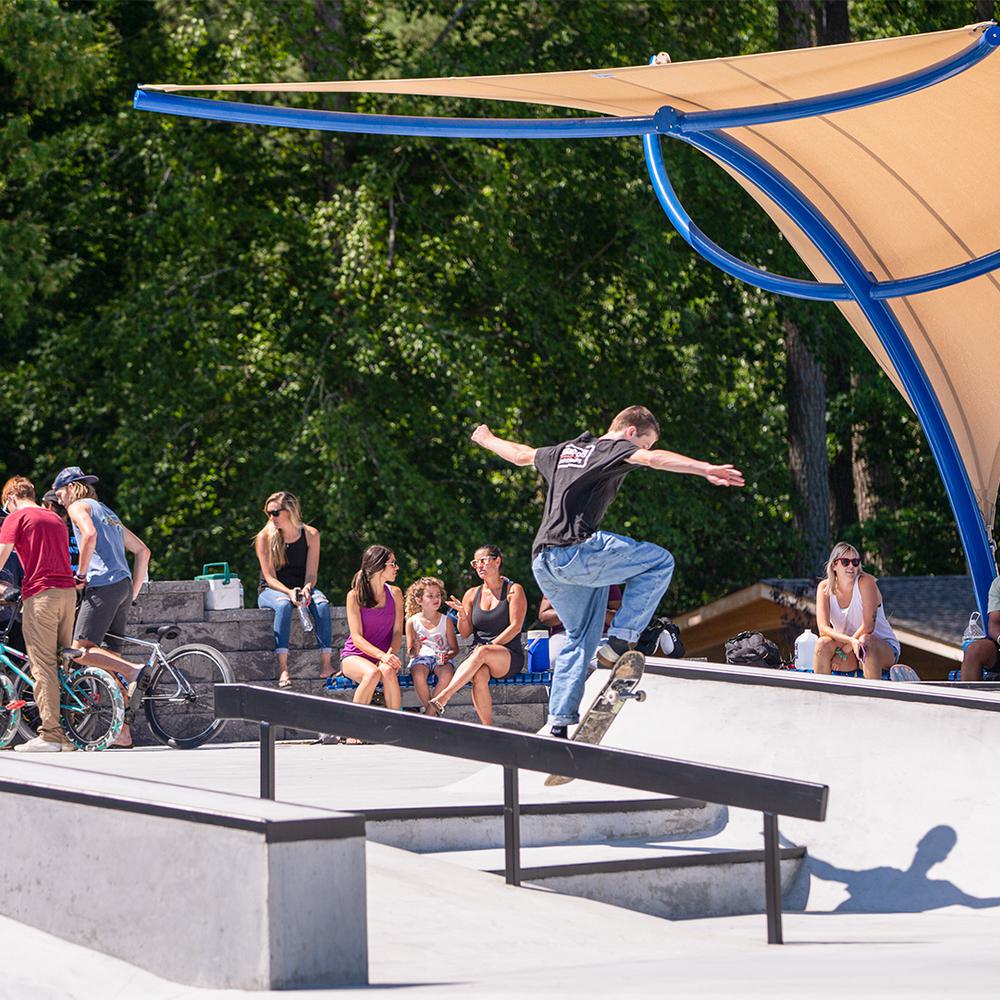Rooftop Stormwater Management Systems
Low Impact Development (LID) is an approach to land development (or re-development) that works with nature to manage stormwater where it falls. Rooftop systems – particularly important in dense, urban areas – relieve strain on sewers and deliver a host of additional benefits.
Related Topics:

An example of a green roof tray, courtesy of Live Roof.

An example of a blue roof tray.
One of the primary objectives of LID site design is to minimize, detain, and retain post-development runoff uniformly throughout a site so as to mimic the site’s predevelopment hydrologic functions. The environmental, economic, and social benefits of employing LID strategies are many. The most important include:
Improved human health – LID detains and treats stormwater that often picks up pollutants as it runs across impermeable surfaces such as roads and sidewalks. These pollutants might otherwise be delivered directly to surrounding water bodies used for recreation or as drinking water sources.
Decreased infrastructure costs – Rain gardens and permeable pavement cost only a fraction of sewer replacement and/or wastewater treatment plant expansion or enhancement costs, in terms of both initial capital investment and ongoing maintenance.
Improved quality of life – Detention ponds, rain gardens, and even green and blue roofs can quickly become recreation spaces where people gather, exercise, and relax. They improve the appearance of a community, reduce operating costs of a facility, and enhance property value.
Rooftop systems
Rooftop systems detain stormwater on roof surfaces, most often either releasing it gradually to the sewer system or allowing for vegetative uptake and evapotranspiration. Selection of the appropriate rooftop system depends on siting, design, and construction considerations specific to each development. Rooftop systems may also be incorporated into rainwater recycling systems, where flows routed from rooftop systems to cisterns or other harvesting features are captured and used for onsite purposes such as site irrigation, toilet flushing, or vehicle washing.

The Green Roof
A green roof is a roof of a building that is partially or completely covered with vegetation and a growing medium, planted over a waterproofing membrane. Most often, green roofs are designed to require only a minimum of maintenance.
- Makes beneficial use of stormwater, creating a natural habitat for local flora and fauna.
- Better insulates buildings, lowering heating and cooling costs, while sometimes actually reversing the urban heat island effect.
- Absorbs carbon dioxide and airborne pollutants, improving air quality and reducing the incidence of diseases such as asthma.

The Blue Roof
Blue roofs are non-vegetated source controls that detain stormwater, either releasing it more gradually to the sewer system or storing it for beneficial reuse.
- Along with light-colored materials, reduces the urban heat island effect and provides rooftop cooling, lowering a facility’s operating costs.
- Represents a better rooftop option where a roof cannot handle the additional weight of a green roof.
- Provides equivalent stormwater detention to a green roof at a fraction of the cost.

Hazen and Sawyer recently designed a combination green and blue roof system for a building in New York City. Concern about the additional loading on the existing structure led us to select a tray system for both blue roof and green roof elements, in order to easily distribute the additional roof loading in the locations that have the greatest load-bearing capacity.
With proper maintenance, the useful life of the rooftop system is expected to outlast the life of the roof membrane, in excess of 30 years. Another advantage of the tray system is that it can be moved to accommodate repairs to the roof as needed, and individual trays can be replaced if problems arise, without a wholesale replacement of the overall system.










